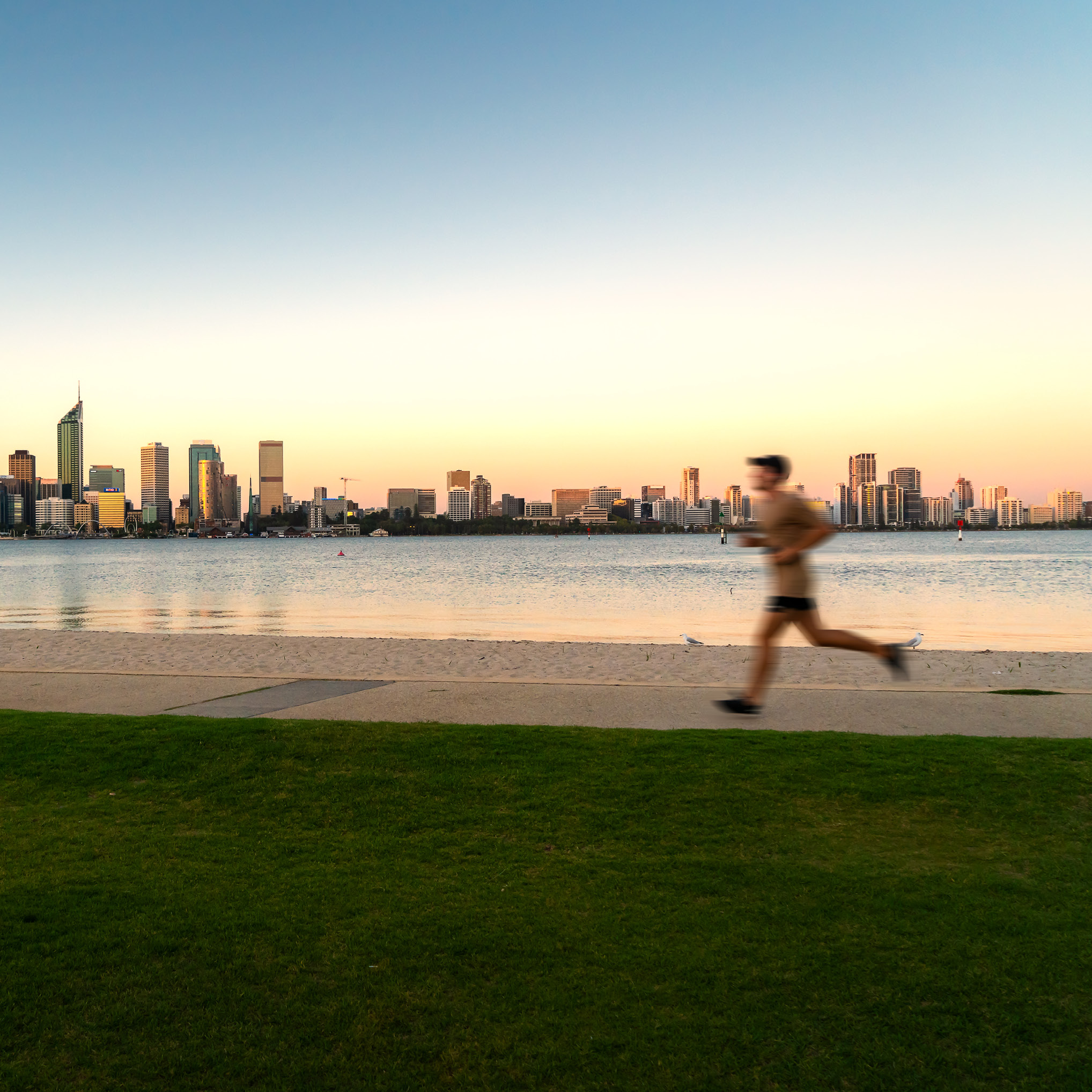
Can Design Help Overcome Loneliness?
Who has not felt lonely sometime in their life? This feeling is both deeply personal and completely universal. A recent Kaiser Family Foundation Study showed that more than one in five adults in the United States (22%), United Kingdom (23%), and one in ten in Japan (9%) report being frequently feeling lonely or socially isolated. Former U. S. Surgeon General Vivek Murthy coined this the “loneliness epidemic”, citing large scale research showing loneliness and social isolation is a greater detriment to our health than nearly a pack-a-day smoking habit.
Researchers at Brigham Young University, showed that long and short-term health outcomes such as incidence of disease, cognitive decline and premature death are strongly associated with loneliness and social isolation. Furthermore, loneliness is linked to burnout at work and school, leading to disengagement and poorer performance.
Research shows that the impact of loneliness is a combination of two components, namely (1) self-reported loneliness, meaning how lonely one feels, and (2) social isolation, measured by the amount of close connections one has and how much time they spend with others.
So how can we overcome loneliness? One thing we know is that the answer is not simply heading into a crowded room. For those of us who have moved to a new town, school or job – the goal isn’t to just meet as many people as possible, but to make meaningful connections and nurture those connections into meaningful relationships.
How Can Design Connect Us?
To understand how the design of environments can help us feel more connected – and thus less lonely — we can look to the piazzas in Italian villages or bustling downtown parks. These spaces embrace the underlying principles that connect place and people, or environment and behavior. They create communal gathering spots such as fountains and public squares that came alive with vibrant markets, dances and local celebrations. They provided spaces that fit social scale – allowing individual people to enjoy the surroundings at their own pace, or a couple to sit closely together on a bench or niche, and for a gathering family to spread out and celebrate, playing together as a unit.
These spaces also provide choice. Onlookers can be the focal point of the space, dancing or singing in the middle of a park, for example. Or they can remain on the periphery or tuck into a nook, merely observing what’s happening around them without being exposed. It is important to note that it is neither the space or the people alone that make a gathering place come alive. Rather, it’s the plans or activities within the space that activate it and serve as a magnet to draw people in. Activities attract people for large, noteworthy events and bring them back for more leisurely visits.
These same principles hold true throughout different types and scales of spaces, from parks to school gymnasiums, coworking spaces to performing arts centers. In a work environment, this may mean providing space for breakouts away from a main open work space – something we refer to as ‘Me’, ‘We’ and ‘Us’ spaces.
Health care experiences can often be quite isolating for patients, especially when these health events become chronic or lead to long stays in the hospital. The Fort Worth Adolescent and Young Adult unit at Baylor Scott & White created a lounge on the inpatient units to address this very issue. The space provides different zones of activities from playing Rock Band® with other patients and friends, to working quietly on laptop, or sitting with a friend and enjoying a cup of tea. Here, a small space provides ample opportunity for social engagement, while also allowing people to share space while working or reading quietly on their own.
Going away to college can be an amazing experience but it can also be one of the loneliest times for many. New research reveals rising rates of stress, anxiety and isolation for young adults, and colleges are quickly realizing the impact this has on student success, enrollment and health. The University of California San Diego (UCSD) made a revolutionary step toward creating a new type of learning and living environment that addresses these concerns. The UCSD North Torrey Pines Living and Learning Neighborhood created dorms where each floor offered shared space for engagement that students naturally pass as they enter their own room spaces, thus creating social gradients throughout each level of the dorms. UCSD expanded this theme into the main neighborhood spaces through the creation of a main street with cafes, dining spaces and shared services (e.g., post office, student services, grocery) along the way. These spaces create a plethora of reasons to go to the main street, and an array of choices of where to sit, engage, recharge or join in a pickup game of Frisbee.
Many of the best connector spaces are those spaces without ownership – they are the in-between spaces. This is true of Promenade Park, adjacent to ProMedica’s new headquarters in Toledo, Ohio. ProMedica recognized the relationship between public space, community engagement and health when they took a historic waterfront space that was once beloved for their “Party in the Park” celebrations. The newly-redesigned park connects ProMedica to its city with an eye to improving community health. By programming public events including farmers markets, public art festivals and a summer concert series, the revitalized park and campus draw people together and bring renewed vitality to downtown Toledo. ProMedica partners with entities including the Arts Commission, Toledo Symphony Orchestra and more to promote a spirit of inclusion at the heart of the city.
Globally we feel more divided than ever, and there is an increased focus on how we can foster connection and understanding through shared experiences in real life. We are beginning to recognize the role of our built environments in shaping our social experiences and opportunities for connection. In turn, these activated spaces can help overcome loneliness by developing communities that are livelier and more connected.


